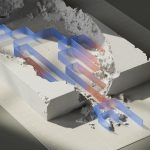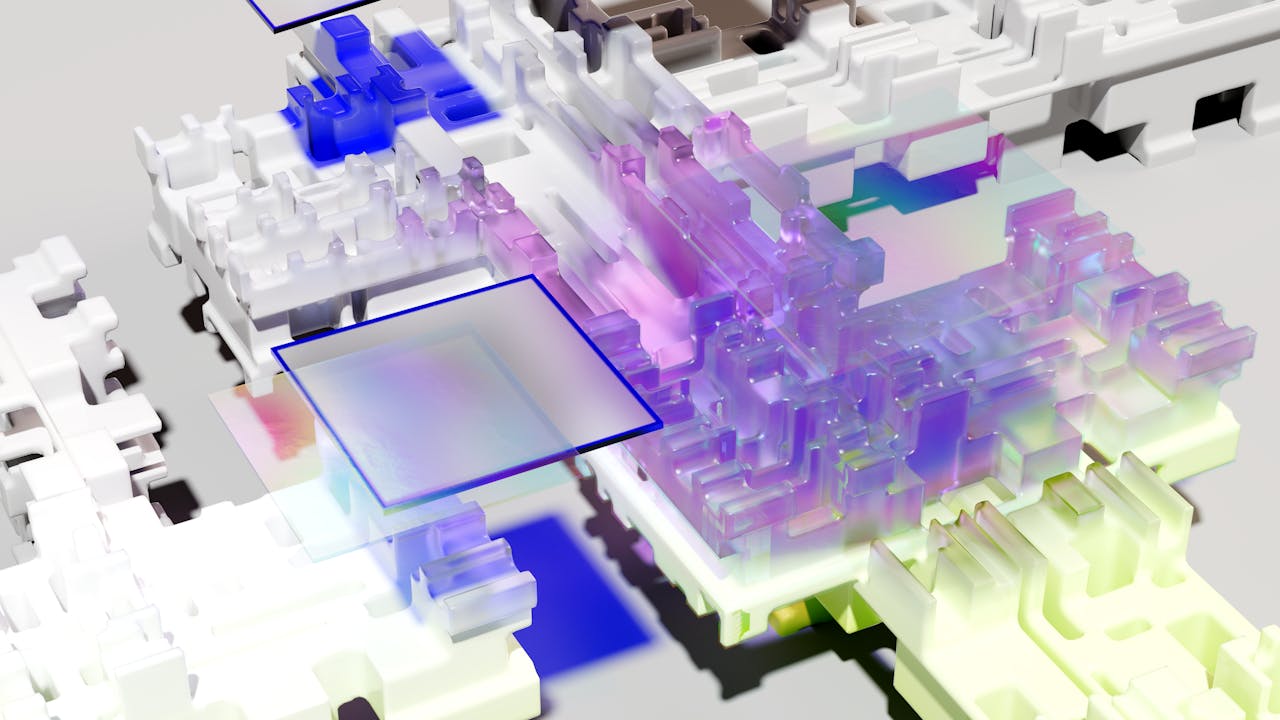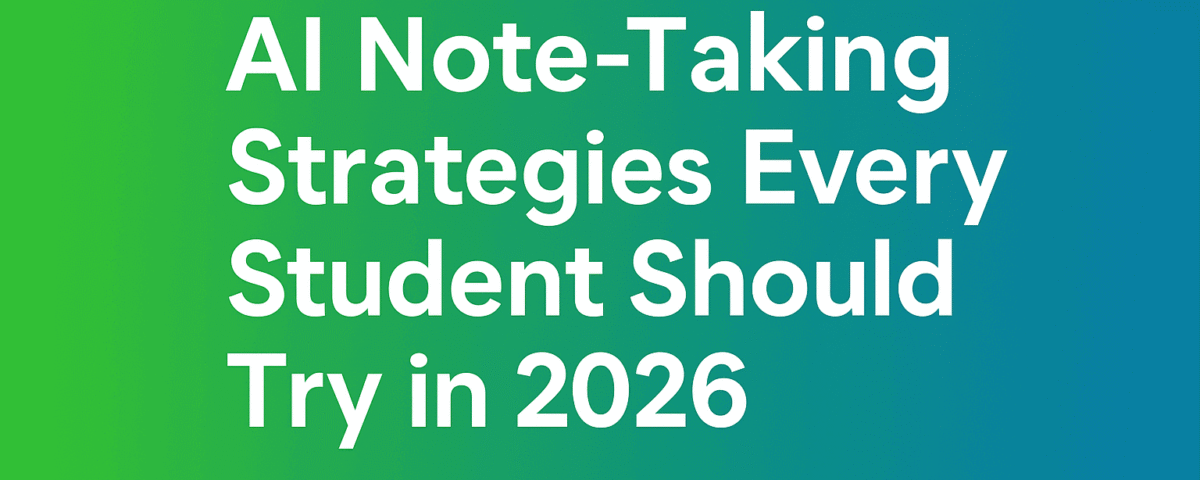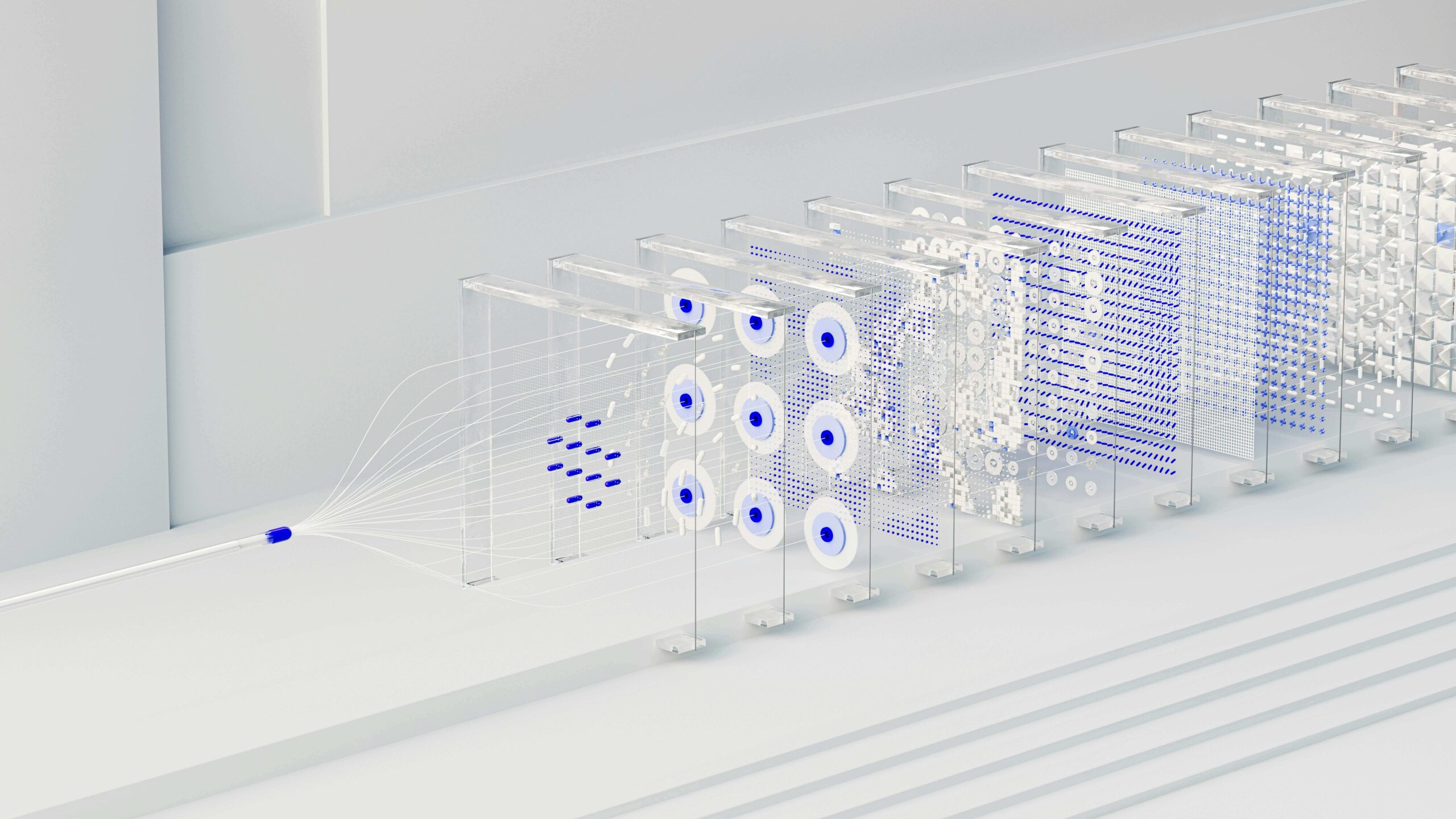Welcome to Learnaimind, your friendly guide to learning AI in a simple, practical way. If you’ve ever felt intimidated by terms like deep learning, neural networks, or machine learning, don’t worry — you’re not alone. In this post, we’ll break down deep learning basics for beginners, show you how neural networks work, and even give you practical ways to try it yourself. By the end, you’ll understand the core ideas and feel confident starting your journey into the world of deep learning.
What is Deep Learning?
Let’s start at the beginning. Deep learning is a type of machine learning, which itself is a subset of artificial intelligence (AI). While traditional machine learning requires humans to identify features in data (like edges in images or keywords in text), deep learning learns those features automatically from raw data.
Think of it this way:
- Machine learning = teaching a computer with step-by-step instructions
- Deep learning = teaching a computer to figure out the steps itself
It’s called “deep” learning because these systems use multiple layers of processing, similar to how the human brain works. These layers are part of a neural network, which we’ll explain next.
Neural Network Deep Learning Explained
At the heart of deep learning is the neural network, inspired by how our brains work. A neural network is a series of connected nodes (neurons) that process data and learn patterns.
Key Components of a Neural Network
- Input Layer – The starting point. This is where the network receives raw data, like images, text, or numbers.
- Hidden Layers – These are the “brains” of the network. Each hidden layer transforms the data, learning increasingly complex features.
- Output Layer – The final layer that produces the result, like classifying an image as a cat or dog.
Each connection between nodes has a weight, which adjusts as the network learns. The network uses these weights to make predictions and improves over time by comparing predictions to the correct answers (a process called training).
Why Deep Learning Matters
Deep learning has been behind some of the most exciting AI breakthroughs in recent years. Here are a few examples:
- Image Recognition: Apps that identify objects or people in photos.
- Natural Language Processing (NLP): Chatbots, translation tools, and virtual assistants like Siri or Alexa.
- Healthcare: AI models that detect diseases from medical images.
- Autonomous Vehicles: Self-driving cars use deep learning to understand surroundings.
Even as a beginner, knowing the real-world applications makes deep learning more relatable and exciting.
Deep Learning vs Machine Learning: Key Differences
| Feature | Machine Learning | Deep Learning |
|---|---|---|
| Feature Extraction | Manual | Automatic |
| Data Requirement | Small to medium datasets | Large datasets |
| Hardware Needs | Standard CPU | GPU recommended |
| Accuracy | Moderate | High for complex tasks |
| Examples | Spam detection, loan prediction | Image recognition, speech recognition |
Deep learning shines when you have lots of data and need the model to learn complex patterns. For simpler problems or smaller datasets, traditional machine learning may be enough.
How Deep Learning Works: Step by Step
Even if you’re new, understanding the basic workflow can make it feel tangible.
Step 1: Collect Data
Your model needs examples to learn from. This could be:
- Images (cats, dogs, traffic signs)
- Text (tweets, reviews, articles)
- Numbers (sales data, sensor readings)
Step 2: Preprocess Data
Clean and organize your data:
- Normalize numbers (scale between 0 and 1)
- Resize images
- Remove unnecessary text symbols
Step 3: Build the Neural Network
Decide the number of layers and neurons. For beginners:
- Start simple: 1–3 hidden layers
- Use common activation functions like ReLU (Rectified Linear Unit)
Step 4: Train the Model
Feed your data into the network and let it learn patterns:
- Use a loss function to measure error
- Apply backpropagation to adjust weights
- Repeat for multiple iterations (epochs)
Step 5: Evaluate the Model
Test your model with unseen data to see how well it generalizes. Common metrics include:
- Accuracy
- Precision and recall
- Mean squared error (for regression tasks)
Step 6: Make Predictions
Once trained, your model can make predictions on new data. For example:
- Predict whether a photo is a cat or dog
- Classify a movie review as positive or negative
Practical Deep Learning Examples for Beginners
You don’t need to be an expert to try deep learning. Here are simple, practical ways to start:
1. Image Classification
- Use a dataset like MNIST (handwritten digits)
- Build a neural network to recognize digits 0–9
- Tools: Python, TensorFlow, Keras
2. Text Sentiment Analysis
- Classify reviews as positive or negative
- Use a small dataset like IMDb movie reviews
- Tools: Python, NLTK, Keras
3. Simple Chatbot
- Train a model to respond to basic questions
- Use predefined intents (greetings, help requests)
- Tools: Python, TensorFlow, or no-code AI platforms
4. No-Code AI Tools
If coding feels intimidating, try:
- Teachable Machine by Google
- Runway ML
- Lobe.ai
These platforms let you train deep learning models visually, making it easier to grasp concepts.
Tips for Beginners (DL for Beginners)
- Start Small – Don’t jump into huge datasets or complex networks. Begin with 1–2 hidden layers.
- Use Existing Libraries – Keras, TensorFlow, and PyTorch have beginner-friendly APIs.
- Visualize Your Data – Graphs and plots make patterns easier to understand.
- Experiment – Change layers, neurons, or activation functions and see what happens.
- Learn by Doing – Mini-projects solidify concepts far better than theory alone.
Common Mistakes to Avoid
- Skipping Data Preprocessing – Clean and normalize your data first.
- Too Complex Too Soon – Small networks perform better for learning.
- Ignoring Overfitting – Use techniques like dropout or early stopping.
- Not Evaluating Properly – Always test your model on unseen data.
Recommended Resources for Beginners
Here’s a list to help you continue learning deep learning basics:
- Books:
- Deep Learning with Python by François Chollet
- Neural Networks and Deep Learning by Michael Nielsen
- Online Courses:
- Coursera: Deep Learning Specialization
- Fast.ai: Practical Deep Learning for Coders
- Tools:
- Python, Keras, TensorFlow, PyTorch
- No-code: Teachable Machine, Runway ML, Lobe.ai
- Datasets for Practice:
- MNIST (handwritten digits)
- CIFAR-10 (small images of objects)
- IMDB Reviews (text sentiment analysis)
Why Learnaimind Makes Deep Learning Easy
At Learnaimind, we focus on making deep learning accessible:
- Friendly Teaching Style: No jargon, just simple explanations.
- Hands-On Practice: Mini projects to reinforce concepts.
- Glossary & Blog: Understand terms and stay updated on AI trends.
- Step-by-Step Guidance: From theory to practice, you’re never lost.
By combining practical exercises with clear teaching, Learnaimind ensures beginners can understand, apply, and enjoy deep learning.
Conclusion: Deep Learning Doesn’t Have to Be Scary
Deep learning might sound complex, but when broken into simple steps and practical examples, it becomes approachable and fun.
Remember:
- Understand the basics (neural networks, layers, activation functions)
- Start small with simple projects
- Learn by doing and experimenting
- Use no-code platforms if you want instant results
- Keep exploring with resources, blogs, and community support
By following these steps, even beginners can start building and experimenting with deep learning models in no time.
At Learnaimind, we’re here to guide you every step of the way. Start learning deep learning today, and see just how exciting AI can be!







